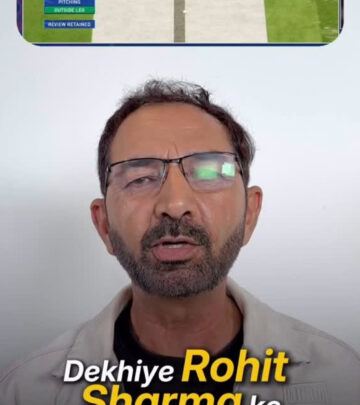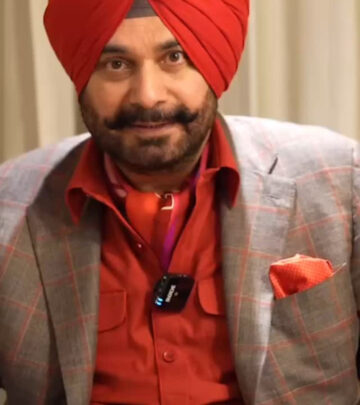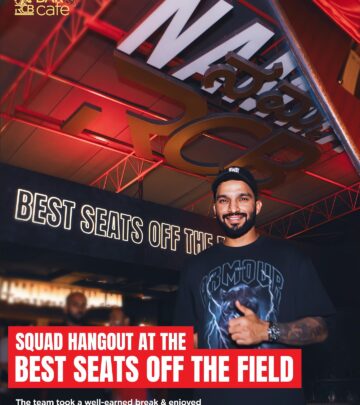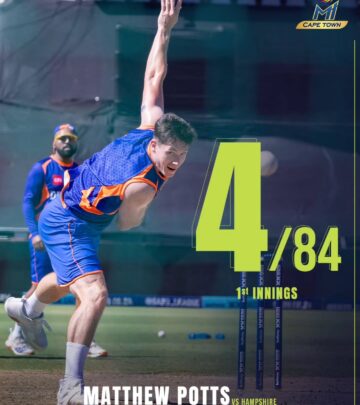Pacelab Hybrid Boosts Bowling Pace In Six Weeks
Advanced training technology boosts speed gains with precision and proven coaching methods.

Image: Instagram
In a remarkable development for fast bowlers, innovative training technology has recorded a dramatic pace boost over just six weeks. The breakthrough, announced by cricket coach Steffan Jones, reveals that using the Pacelab Hybrid system has increased bowling speeds from 70 mph to 81 mph on heavy balls while normal ball speeds surged from 72 mph to 83 mph. Jones’ message is clear: for those struggling to find consistent pace, the Pacelab Hybrid may represent the ideal solution.
Breakthrough Pace Improvement
The impressive numbers emerging from the recent testing phase highlight a serious pace gain. In a short span of six weeks, bowlers using the system experienced a boost of 11 mph on heavy balls and 11 mph on standard deliveries. These results speak to the efficacy of a well-structured training regimen that focuses not just on repetition, but on the precision and variability necessary for rapid performance improvement. The original caption emphasized, “This is a serious pace gain in just 6 weeks” – a clear nod to the accelerated progress achieved by athletes using the new Pacelab Hybrid.
Innovative Training Technology
At the heart of this breakthrough is the Pacelab Hybrid – a solution designed to upgrade pace and performance. The system integrates advanced biomechanical training principles with state-of-the-art coaching methodologies to ensure that fast bowlers can unlock their full potential. By tailoring workouts that consider individual structural, neuromuscular, and coordination traits, the Pacelab Hybrid provides a personalized approach. This is particularly critical in fast bowling, where even incremental changes in performance can make significant differences on the field.
The hybrid approach does not only rely on mere repetition. Instead, the training philosophy draws on insights from modern sports science, emphasizing the importance of variability and the strategic use of explosive drills. As Jones has underlined in previous posts, the method is all about challenging the status quo of conventional training, pushing athletes toward not only faster speeds but also more efficient and sustainable bowling actions.
Coaching Insights From Steffan Jones
Steffan Jones, known for his dynamic contributions to cricket coaching, has been at the forefront of implementing this innovative system. With an impressive background and extensive experience in cricket coaching, Jones has long advocated for adaptive, science-based training techniques. His previous Instagram updates highlighted the importance of developing effective coaching strategies that focus on the unique attributes of each bowler. In one post, he stated, “Coaches should aim for repeatable outcomes, not repeatable movements,” reinforcing the idea that effective training embraces variability over mere mimicry.
In his role as a coach, Jones has not only observed significant pace improvements with Pacelab Hybrid but has also promoted its advantages through various digital platforms. His hands-on approach, which includes personalized coaching sessions and strategic use of technology, offers a compelling model for fast bowlers who aspire to raise their game. The integration of training modules such as medicine ball throws and targeted movement drills further complements the Pacelab system, ensuring that every aspect of physical and mechanical performance is addressed.
Performance Impact And Future Prospects
The rapid improvements in bowling speed underscore the potential of merging technology with traditional coaching methods. With the Pacelab Hybrid, athletes and coaches alike can benefit from a nuanced system that identifies individual strengths and areas for improvement. The pace gains—from 70 to 81 mph on heavy balls and 72 to 83 mph on normal balls—are not merely statistics, but they represent the tangible outcomes of a scientifically informed training regime.
For fast bowlers who often struggle to maintain consistency and edge, the Pacelab Hybrid offers a promising new avenue. Early adopters report a noticeable change in their overall performance, which not only boosts their confidence but also provides a competitive edge in high-stakes matches. With such promising results, there is growing interest in incorporating these techniques into regular training schedules both in the UK and internationally.
Moreover, Jones’ commitment to evolving coaching practices positions him as a pivotal figure in the transformation of fast bowling training. Past Instagram posts reveal a consistent dialogue about adapting to modern training needs—from one-to-one isolated sessions to comprehensive, phased coaching modules that leverage the full suite of tools available under the Pacelab banner. His invitation to bowlers to embrace full-scale coaching packages highlights an industry shift towards more integrated performance training.
In conclusion, the Pacelab Hybrid’s performance gains illustrate a significant step forward for fast bowling technology. The impressive jump in pace achieved within a mere six weeks offers hope and direction for coaches and athletes grappling with performance plateaus. As innovative training methods gain traction, the fusion of scientific insight with proven coaching strategies is set to redefine the future of fast bowling.
The breakthrough not only underlines the effectiveness of the Pacelab Hybrid but also reinforces the critical role of adaptive and personalized coaching. With champions like Steffan Jones leading the charge, the cricketing world is poised to witness continuous and impactful advancements in player performance.
Read full bio of Joyce


















